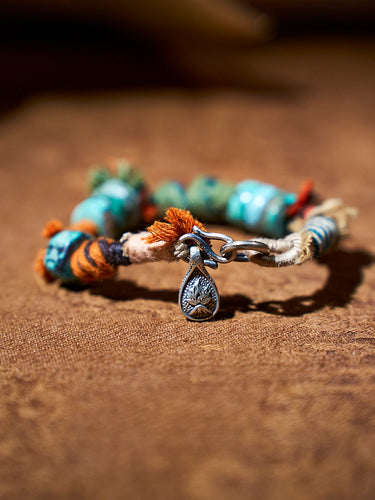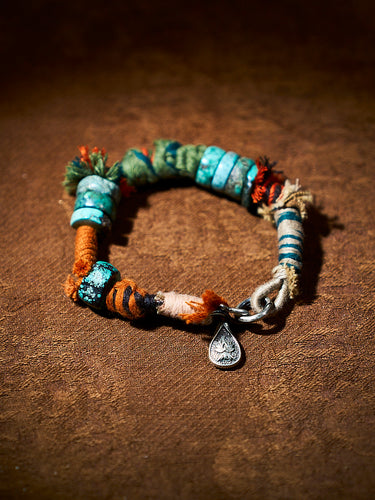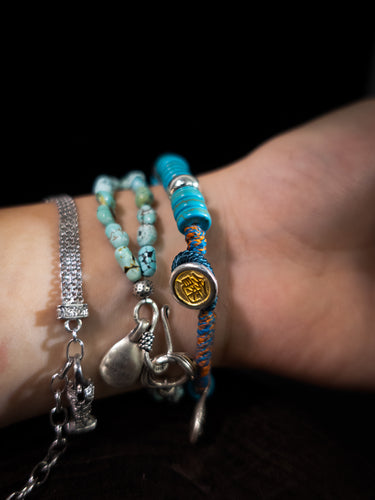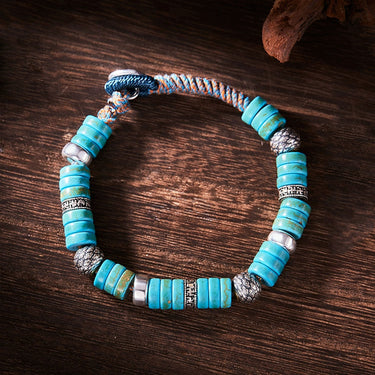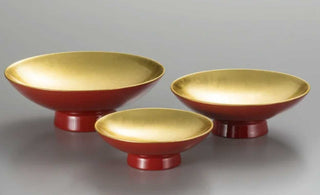
In the captivating world of classical oriental art, there exists a mesmerizing craft that has stood the test of time, enchanting generations with its exquisite beauty and masterful craftsmanship. Japanese lacquerware, with its rich history and cultural significance, takes us on an artistic journey that spans centuries, revealing the profound creativity and enduring allure of this unique art form. Rooted in ancient traditions and steeped in symbolism, Japanese lacquerware, also known as urushi, transcends mere functionality to become a medium of artistic expression. Its origins can be traced back to the Jomon period, over 9,000 years ago, where early forms of lacquer were used to adorn pottery and wooden objects. Over time, this ancient craft evolved, merging with the aesthetics of different eras and becoming an integral part of Japanese culture.
Origins and Evolution of Japanese Lacquerware
To understand the origins of Japanese lacquerware, we must cast our gaze back to the mists of antiquity, where whispers of the past intertwine with the secrets of nature. It is said that over 9,000 years ago, the first inklings of this art form were born. Fragments of pottery from the Jomon period bear evidence of early lacquer-like coatings, hinting at the nascent stages of what would later become a captivating artistic tradition. However, it was during the Nara period (710-794) that Japanese lacquerware truly began to flourish, like a phoenix rising from the ashes. Influenced by the techniques imported from China, Japanese artisans embarked on a quest to refine their skills and infuse their creations with a unique essence. The artisans of this era, with their deft hands and keen eyes, laid the foundation for what would become a remarkable artistic legacy. As the wheel of time turned, the Edo period (1603-1868) emerged as a golden age for Japanese lacquerware. Like a river flowing gracefully through the Japanese countryside, this era brought forth a profound sense of peace and stability. It was during this time that the true magnificence of lacquerware unfurled its wings, soaring to new heights of artistic expression. The artisans of the Edo period, known as urushi-shi, dedicated their lives to perfecting their craft. They toiled tirelessly, their hands guided by an unwavering commitment to beauty and precision. Lacquerware ceased to be mere functional objects; it became a medium through which dreams were realized and tales were spun. Intricate designs, delicate motifs, and scenes from nature adorned these masterpieces, breathing life into the inanimate and transporting the viewer to a realm of ethereal beauty. At the heart of Japanese lacquerware lies the urushi tree, its sap a gift bestowed upon humanity. From the depths of this sacred tree flows a viscous nectar, known as urushi, that possesses magical properties. The artisans, like alchemists of old, skillfully refine this sap, transforming it into a medium that transcends the boundaries of ordinary existence. Layer upon layer of lacquer is meticulously applied onto various objects, such as bowls, boxes, trays, and decorative pieces, creating a canvas upon which the imagination dances. The process of applying lacquer, known as "nuri," is a dance of patience and precision. Each layer is carefully painted, and then left to dry before the next layer can be added. This meticulousness results in a surface that is as smooth as moonlit silk, as glossy as a mirror reflecting the soul. The lacquer becomes a second skin, protecting the object from the ravages of time and imbuing it with an otherworldly radiance.
The Art of Japanese Lacquerware
Japanese lacquerware, known as "urushi," is created using the sap of the urushi tree (Toxicodendron vernicifluum). The introduction of the dry lacquer (kanshitsu) technique and the use of inlaid mother-of-pearl (raden) broadened the decorative possibilities of lacquerware. During this era, lacquerware became more accessible to the samurai class and wealthy merchants, leading to an increased demand and production. The sap is harvested and refined, transforming it into a versatile and durable material. The lacquer is then meticulously applied layer by layer onto a variety of objects, such as bowls, boxes, trays, and decorative pieces. The process of lacquerware production is a labor-intensive and time-consuming endeavor. Each layer of lacquer must be carefully applied and allowed to dry before the next layer can be added. This technique, known as "nuri," results in a smooth and glossy surface that is both visually stunning and highly resistant to wear and tear. The artisans who dedicate their lives to mastering the art of lacquerware are known as "urushi-shi." These skilled craftsmen undergo years of rigorous training to perfect their techniques and gain a deep understanding of the materials and tools they work with. Their unwavering commitment to their craft ensures that Japanese lacquerware remains a pinnacle of artistic excellence. Lacquerware, in particular, saw unprecedented growth and diversification. Regional styles emerged, artisans experimented with a variety of colors and finishes, and the craft of lacquerware became a symbol of Japanese cultural identity. As Japan opened its doors to international trade, Urushi pieces became highly sought after by collectors and connoisseurs in Europe and America. This exposure led to new influences and techniques, and Japanese lacquerware began to incorporate more modern and eclectic designs.
Styles and Techniques of Japanese Lacquerware
Within the realm of Japanese lacquerware lie a multitude of styles and techniques, each like a delicate brushstroke upon the canvas of artistic expression. These exquisite variations intertwine like branches of a cherry blossom tree, creating a tapestry of beauty that captivates the senses and transports the viewer to a world where time stands still. Like a whisper carried by the wind, the Negoro style of lacquerware emanates an aura of understated elegance. Its origins can be traced to the Kii Peninsula, where artisans mastered the art of layering red and black lacquer to create a harmonious interplay of colors. As the years pass, the red lacquer gracefully yields to the elements, revealing the black layer beneath. This natural transformation, akin to the aging of a fine wine, gives Negoro lacquerware a sense of depth and history, as if it holds the secrets of generations within its very essence. In the world of Japanese lacquerware, Makie reigns supreme as a pinnacle of artistic refinement. This decorative technique, born from the skilled hands of master craftsmen, involves the delicate sprinkling of gold or silver powder onto the lacquer surface. Like celestial stardust, the precious metals shimmer and catch the light, creating an ethereal dance of splendor. With the precision of a calligrapher's brush, skilled artisans paint intricate patterns and motifs onto this golden canvas, their strokes imbued with a profound sense of harmony. Makie lacquerware is a testament to the marriage of beauty and craftsmanship, a manifestation of the celestial beauty that resides within the ordinary. Raden, a technique born from the depths of the ocean, weaves a luminous symphony of shells into the fabric of Japanese lacquerware. Like a siren's song, it beckons the viewer with its iridescent allure. Meticulously cut and arranged, mother-of-pearl and other shells are embedded into the lacquer surface, creating intricate designs that mirror the ebb and flow of the tides. As light dances upon the surface, the shells reveal their hidden treasures—a kaleidoscope of colors that shift and shimmer with each movement. Raden lacquerware is a testament to the delicate balance between serenity and vibrancy, an homage to the eternal beauty of the sea. Amidst the glossy perfection of lacquerware, Shunkei-nuri stands as a tribute to the inherent beauty of natural wood. In this technique, artisans skillfully apply translucent lacquer onto the wood surface, allowing the grain and texture to shine through like sunlight filtering through a forest canopy. The lacquer adds a subtle sheen, enhancing the natural colors and patterns of the wood. Shunkei-nuri lacquerware embodies the essence of simplicity and harmony, capturing the tranquil majesty of nature and inviting the observer to contemplate the beauty of imperfection.
In contemporary times, Japanese lacquerware continues to be revered for its traditional beauty and craftsmanship. Modern artisans, while preserving ancient techniques, are also innovating and adapting their practices to suit contemporary tastes and needs. The art form remains a vibrant part of Japan’s cultural heritage, embodying a blend of tradition and modernity. The artistic journey of Japanese lacquerware is a vivid reflection of Japan’s historical and cultural evolution. From its humble beginnings as a protective coating to its status as a symbol of luxury and elegance, Japanese lacquerware has stood the test of time. It continues to be celebrated for its aesthetic beauty, its deep connection with nature, and its embodiment of the quintessential Japanese qualities of simplicity, harmony, and respect for materials. This historical perspective on Japanese lacquerware is not merely about the past; it's a continuous story of beauty and artistry that is still being written today.








